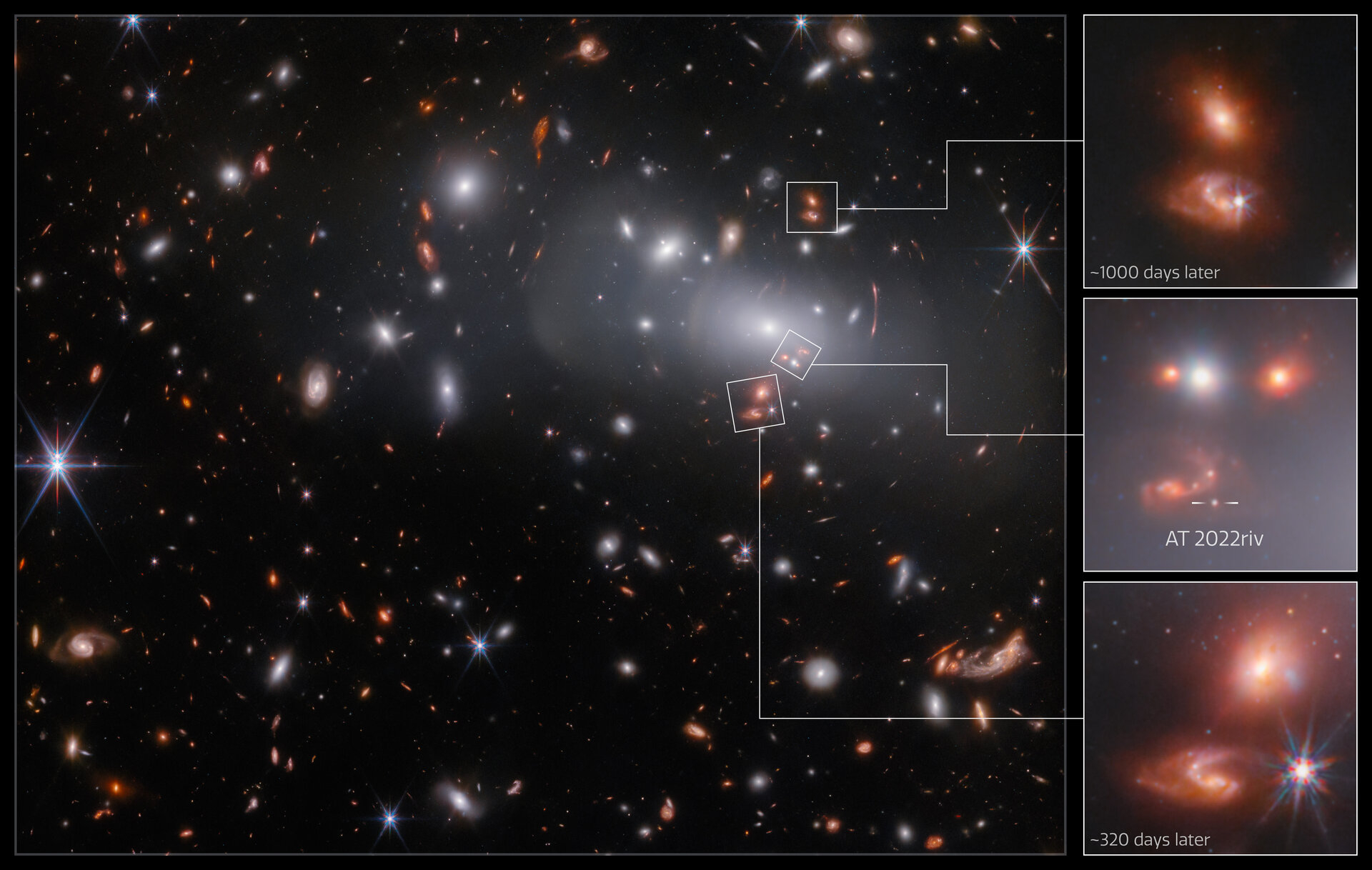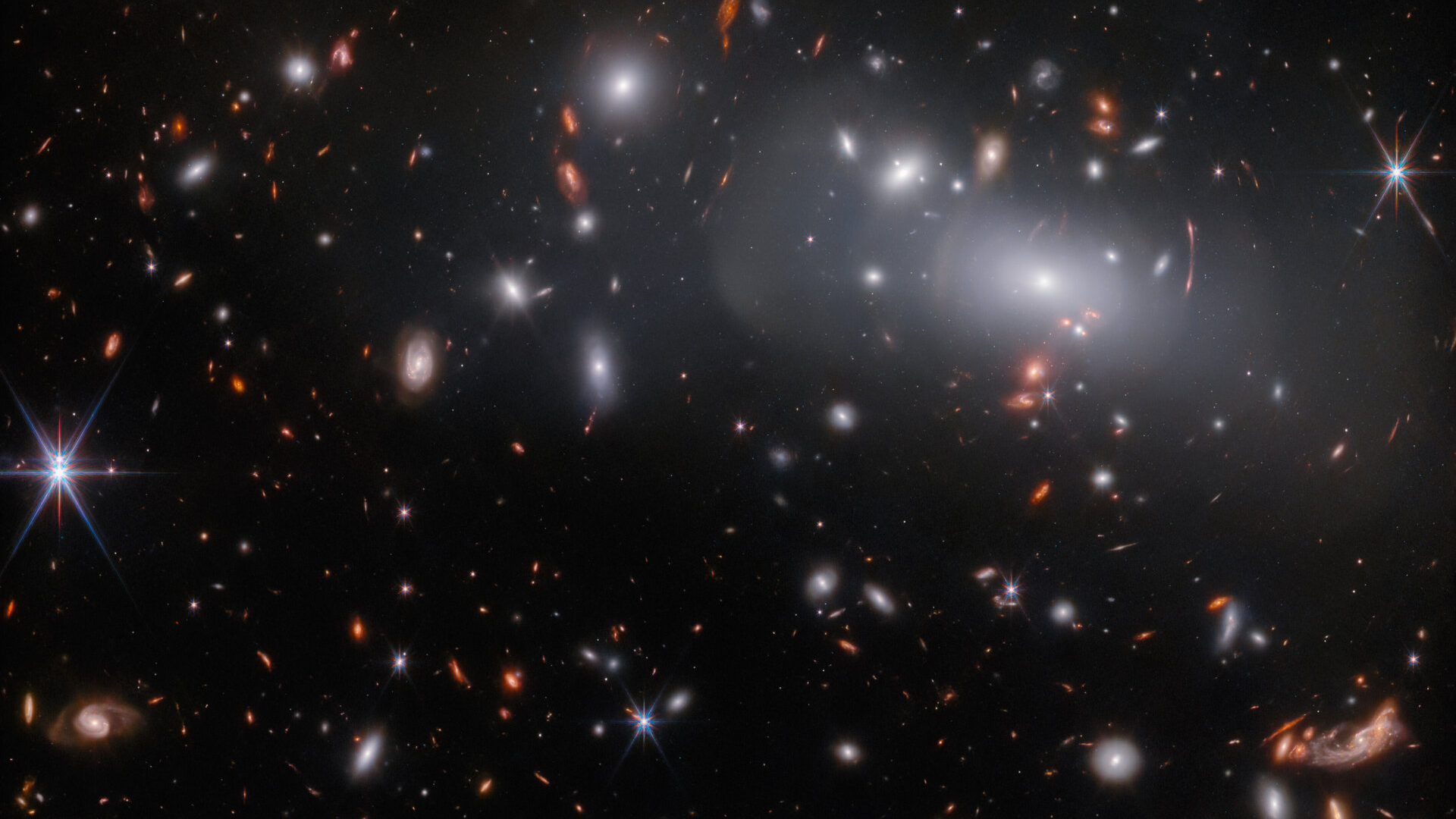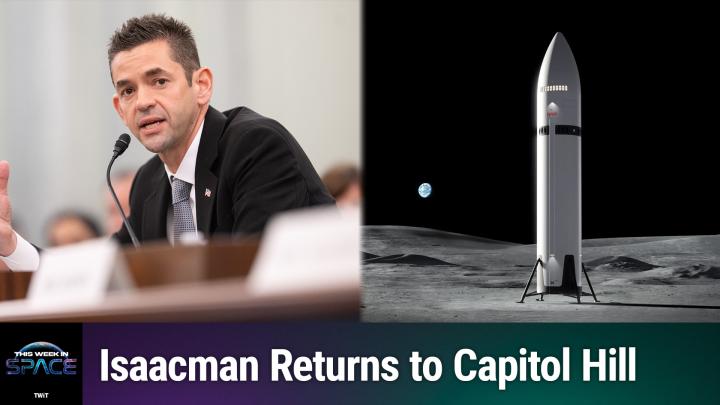James Webb Space Telescope 'sees triple' with help from Einstein (photos)
Using gravitational lensing and a massive galaxy cluster located 3.2 billion light-years away the powerful space telescope replicated a distant galaxy three times in a single image.
A stunning new image from the James Webb Space Telescope shows a supernova hosting galaxy not once, not twice, but three times at different points in time.
This seemingly time-defying image by the James Webb Space Telescope (JWST) was possible thanks to the massive gravitational influence of a foreground galactic cluster and a light-bending phenomenon predicted by Albert Einstein over a century ago called "gravitational lensing."
In his theory of general relativity, Einstein predicted that mass warps the very fabric of space and time, or "spacetime." This is analogous to placing a ball on a stretched rubber sheet, with the ball causing a dent in the sheet. The greater the mass of the ball the larger the degree of warping it causes. This is also true in the case of spacetime, stars cause a greater "warp" than planets, and galaxies cause a greater warping of space than stars.
This warping affects the passage of light as it travels past the object of mass from a background object. In extreme cases, because light can take different paths around the lensing object from the background lensed object on its way to us, it can cause the background object to be magnified or even appear at multiple points in the sky. That means this phenomenon, "gravitational lensing" has become a powerful tool for astronomers in studying very distant objects.
Related: 12 amazing James Webb Space Telescope discoveries
The lensing object in this new JWST image is the galactic cluster RX J2129, located around 3.2 billion light-years away in the constellation Aquarius. RX J2129 is lensing a background red-colored supernova-hosting galaxy replicating it.
The supernova explosion was discovered by astronomers using the Hubble Space Telescope and is a Type Ia supernova designated AT 2022riv. These are often referred to as "standard candles" by astronomers because of how uniform their light is. This uniformity means that Type Ia supernovas can actually be used as a tool of measure cosmic distances because at the same distance, they would look exactly the same.
As a gravitational lens, RX J2129 has created three images of this galaxy that aren't the same in size, position, or even age because of the different paths the light from the background galaxy takes and thus the different times it arrives at the JWST.
Breaking space news, the latest updates on rocket launches, skywatching events and more!
The light that follows the longest path shows the background galaxy at its oldest age and at a time when its supernova was still occurring. The next image from the second longest path shows the galaxy just 320 days later, and the last one with the shortest light path 1,000 days after the first. In both of these later images, the supernova AT 2022riv has already faded from view.
Also appearing in the upper right-hand corner of the image are several background objects that due to the warping effect of gravitational lensing appear as concentric arcs of light.
The observations were made by the JWST using its Near-InfraRed Camera (NIRSpec) which was able to measure the brightness of AT 2022riv, a very distant and thus early supernova. The powerful space telescope has also been to perform spectroscopy on the light from the event, which should allow this distant supernova to be compared to more recently occurring Type Ia supernovas in the local universe.
This comparison could be used to test the accuracy of using these supernovae when measuring distances, thus verifying the results of one of astronomy's most useful tools.
Follow us on Twitter @Spacedotcom or on Facebook.

Robert Lea is a science journalist in the U.K. whose articles have been published in Physics World, New Scientist, Astronomy Magazine, All About Space, Newsweek and ZME Science. He also writes about science communication for Elsevier and the European Journal of Physics. Rob holds a bachelor of science degree in physics and astronomy from the U.K.’s Open University. Follow him on Twitter @sciencef1rst.


